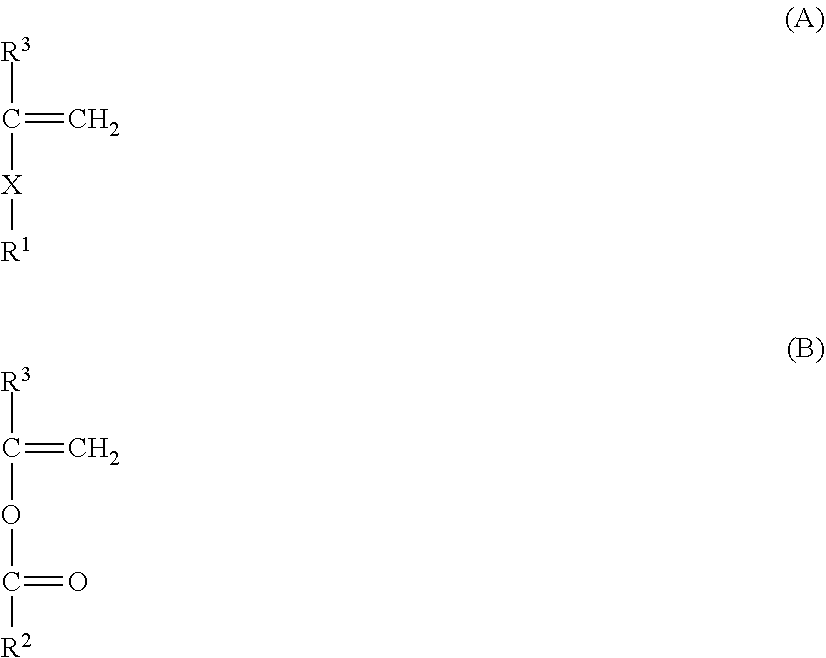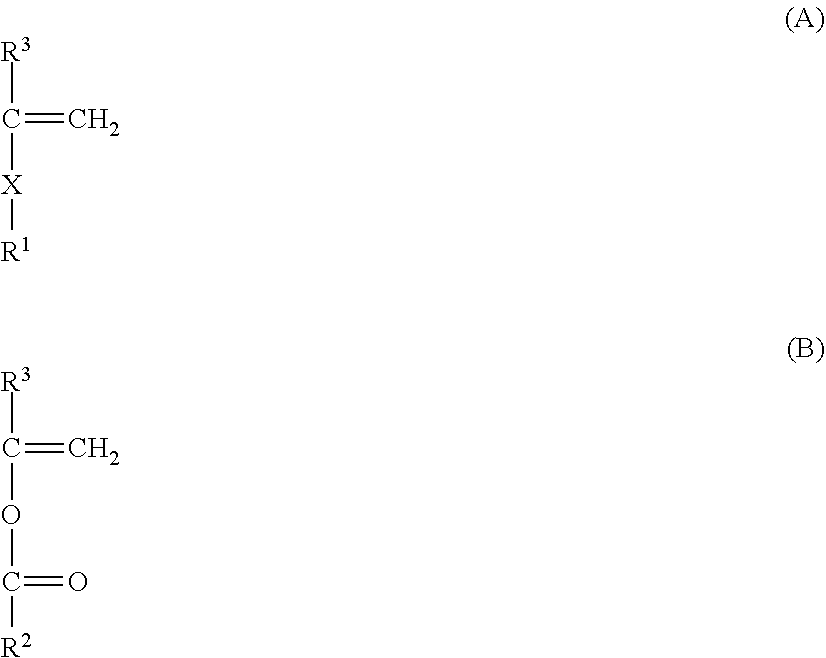Toner and toner manufacturing method
a manufacturing method and technology of toner, applied in the field of toner, can solve the problems of large change in the molten state of toner, increased risk of image density non-uniformity during fixing, and large influence of temperature received by toner by bumps and depressions in paper, so as to improve heat-resistant storage stability, excellent heat-resistant storage stability and low-temperature fixability
- Summary
- Abstract
- Description
- Claims
- Application Information
AI Technical Summary
Benefits of technology
Problems solved by technology
Method used
Image
Examples
example 1
[0250]The evaluation apparatus used in these examples is a commercial HP LaserJet Enterprise M609dn magnetic one-component printer (Hewlett Packard: process speed 420 mm / s). The toner 1 was evaluated as shown below using this printer. Vitality (Xerox, basis weight 75 g / cm2, letter size) was used as the evaluation paper. The evaluation results are shown in Table 7.
examples 2 to 32
[0251]Evaluations were performed as in Example 1 using the toners 2 to 32. Because the toner 23 is not magnetic, it was evaluated using a Color Laser Jet CP4525 commercial color printer (HP). The evaluation results are shown in Table 7.
PUM
| Property | Measurement | Unit |
|---|---|---|
| storage elastic modulus Gt | aaaaa | aaaaa |
| molecular weight distribution | aaaaa | aaaaa |
| storage elastic modulus | aaaaa | aaaaa |
Abstract
Description
Claims
Application Information
 Login to View More
Login to View More - R&D
- Intellectual Property
- Life Sciences
- Materials
- Tech Scout
- Unparalleled Data Quality
- Higher Quality Content
- 60% Fewer Hallucinations
Browse by: Latest US Patents, China's latest patents, Technical Efficacy Thesaurus, Application Domain, Technology Topic, Popular Technical Reports.
© 2025 PatSnap. All rights reserved.Legal|Privacy policy|Modern Slavery Act Transparency Statement|Sitemap|About US| Contact US: help@patsnap.com



